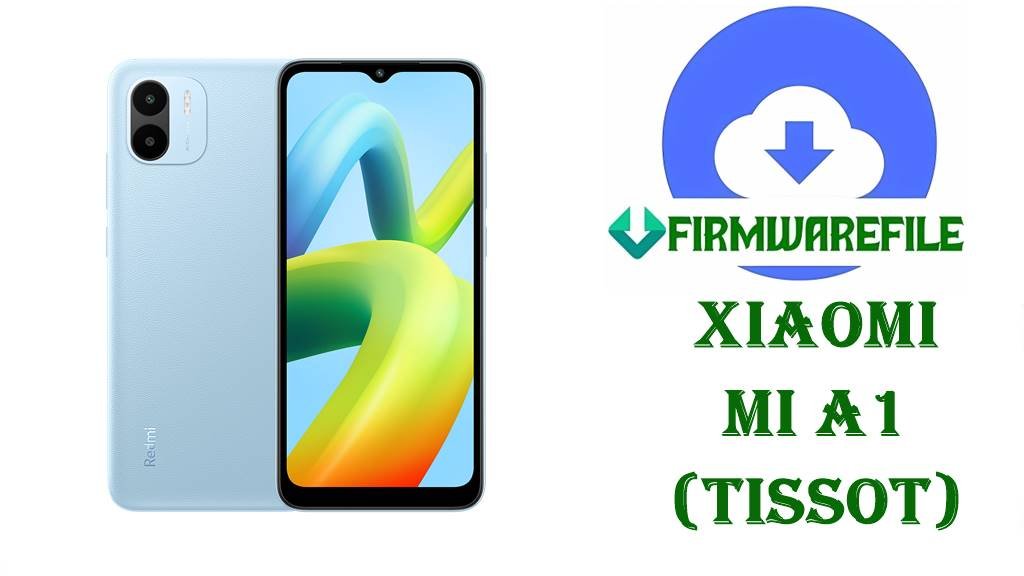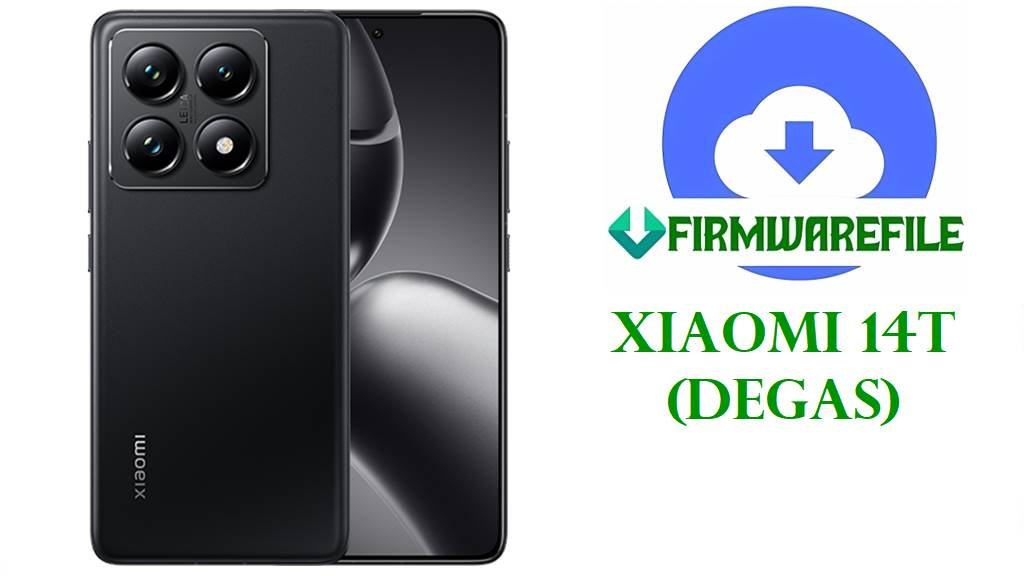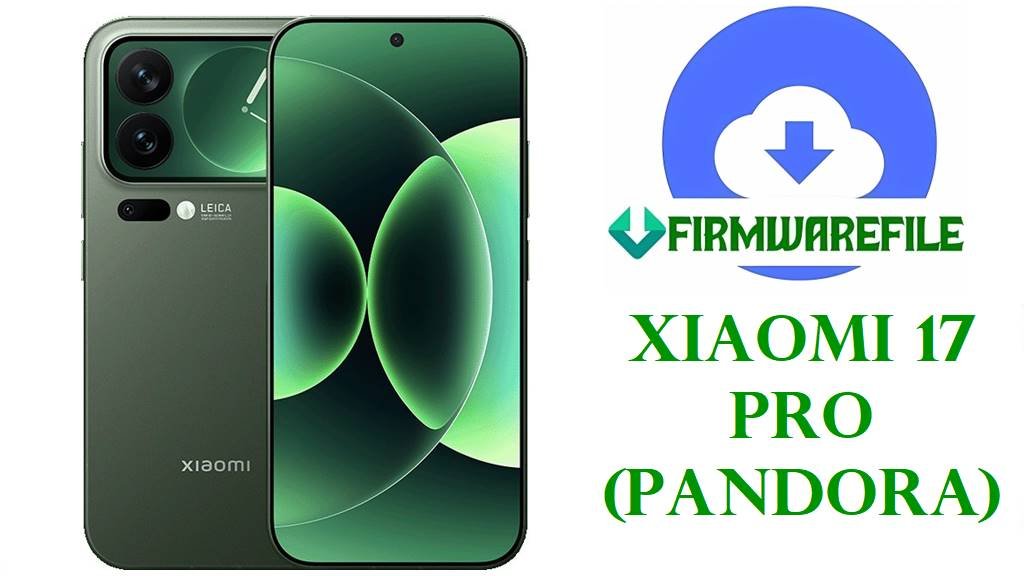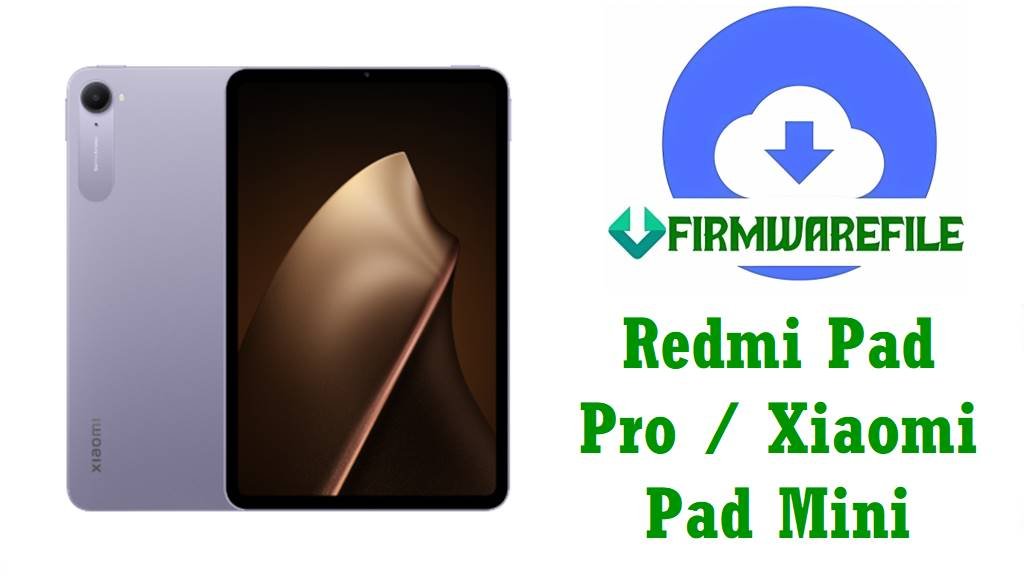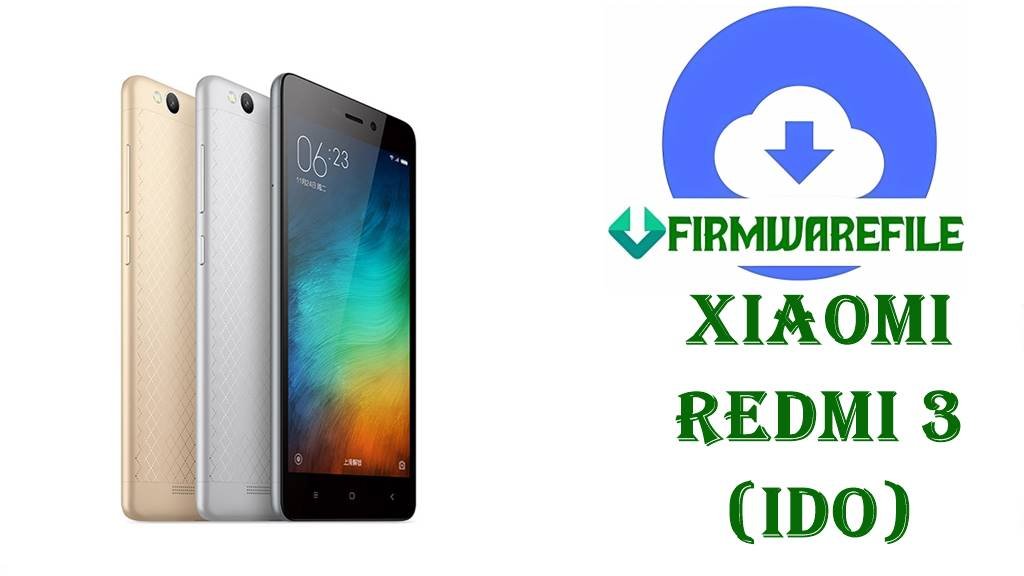Download Xiaomi Mi A1 Firmware (tissot): Fix System Lag & Battery Drain
This guide provides the firmware collection for the Xiaomi Mi A1 (tissot). If you’re experiencing system lag, battery drain, or a bricked device, our verified download links and detailed flashing instructions will help you restore your phone’s functionality. The Mi A1, featuring a Snapdragon 625 chipset and a 5.5-inch FHD display, is a popular Android One device known for its stock Android experience and dual camera setup. Software issues can affect its performance, and this guide will help you resolve them. Note: This article is for the tissot codename (Mi A1), not to be confused with other Xiaomi models like Mi 5X (tiffany) or Redmi 5 Plus (vince).
⚠️ Essential Pre-Flash Checklist
Flashing can lead to errors if not done correctly. Complete this checklist to ensure a smooth process. All data will be wiped, so a backup is critical.
- ✅ Full Data Backup: Save photos, contacts, and files to Google Drive or a PC to prevent data loss.
- ✅ Charged Battery: Ensure your Mi A1 has at least 60% battery to avoid interruptions during flashing.
- ✅ Windows PC: The Mi Flash Tool requires a Windows operating system.
- ✅ Original USB Cable: Use a high-quality USB cable for a stable connection to your PC.
- ✅ Unlocked Bootloader: Flashing requires an unlocked bootloader. Use the official Mi Unlock Tool (expect a 7-15 day waiting period).
- ✅ Required Software: Install the latest Mi Flash Tool and Xiaomi USB Drivers.
Understanding the Firmware: Types and Regions
Selecting the correct firmware is crucial to avoid bricking your Mi A1 (tissot). The tissot variant is specific to the Mi A1, an Android One device running stock Android, unlike the Mi 5X (tiffany) which runs MIUI. The provided firmware is MIUI-based, suitable for users transitioning from stock Android to MIUI or recovering a bricked device.
- Fastboot ROM (.tgz): A full factory image for Mi Flash Tool, ideal for unbricking or switching to MIUI.
- Recovery ROM (.zip): Used with custom recoveries like TWRP for installing custom ROMs like Xiaomi.eu or LineageOS.
- Region Codes:
- MIXM: Global version with Google services and multi-language support, compatible with the Mi A1’s global distribution.
Official Firmware Downloads for Mi A1 (tissot)
The provided firmware file is sourced from Xiaomi’s official servers for reliability and security. Ensure you download ROMs for the tissot codename. Note that the Mi A1 typically runs stock Android as an Android One device, but the provided MIUI ROM is for users who prefer MIUI or need it for recovery purposes.
| Region | MIUI Version | Android | Release Date | Download Link |
|---|---|---|---|---|
| Global (MIXM) | V10.0.9.0.PDHMIXM | 9.0 | 2019-05-14 | Fastboot ROM |
Note: For stock Android One firmware (non-MIUI), check Google’s Android One OTA page or XDA Forums for official OTA images.
TWRP Recovery for Mi A1 (tissot)
To flash custom ROMs, MIUI, or perform advanced tasks, install the TWRP custom recovery specific to the Mi A1 (tissot).
- TWRP Recovery: TWRP-3.7.0_9-0-tissot – Official TWRP image from TWRP’s site, ideal for flashing custom ROMs or the provided MIUI ROM. For updates, check TWRP’s official site or XDA Forums.
How to Install TWRP:
- Download the TWRP .img file and rename it to
recovery.img. - Boot your Mi A1 into Fastboot mode (Volume Down + Power).
- Connect to your PC and open a command prompt.
- Flash TWRP by running:
fastboot flash recovery recovery.img. - Boot into recovery:
fastboot boot recovery.img.
Warning: Do not use a TWRP image for other devices (e.g., tiffany or vince), as it will brick your tissot device.
Recommended Custom ROMs
The Mi A1 (tissot) has strong custom ROM support due to its Android One status and Snapdragon 625 chipset, making it a favorite for enthusiasts seeking alternatives to stock Android or MIUI.
- Xiaomi.eu ROM: Check Xiaomi.eu or XDA Forums for MIUI-based recovery ROMs for tissot, such as MIUI 10 or 11 based on Android 9.0. These offer a debloated MIUI experience with Google services.
- LineageOS: Official builds like LineageOS 18.1 (Android 11) are available, providing a clean, stock-like Android experience with excellent performance and regular updates.
- Pixel Experience: Check Pixel Experience or XDA for builds like Pixel Experience 11 (Android 11), offering a Google Pixel-like interface with enhanced features.
How to Flash: Step-by-Step Instructions
Choose the flashing method based on your firmware type: Fastboot for official .tgz files (e.g., MIUI) or Recovery for custom .zip files. For stock Android One firmware, use Fastboot or ADB sideload as per Google’s OTA instructions.
Method 1: The Fastboot Method (MIUI or Stock Android ROMs)
- Unzip the Firmware: Extract the .tgz file using 7-Zip to obtain a folder with an “images” subfolder and flash scripts (for MIUI).
- Launch Mi Flash Tool: Open the Mi Flash Tool with administrator privileges on your Windows PC.
- Enter Fastboot Mode: Power off your Mi A1, then press and hold Volume Down + Power until the Fastboot logo appears.
- Connect to PC: Plug your phone into your PC using the USB cable.
- Load Firmware: In Mi Flash Tool, click “select” and choose the extracted firmware folder. Click “refresh” to detect your device.
- Choose Flash Option: Select “clean all” for a complete reset (recommended for stability). Avoid “clean all and lock” unless you’re certain of the ROM’s compatibility.
- Start Flashing: Click “flash” and wait 5-10 minutes. Do not disconnect the phone.
Troubleshooting Tip: If Mi Flash Tool fails to detect your Mi A1, try reinstalling the Xiaomi USB Drivers or switching to a USB 2.0 port for better connectivity.
Method 2: The Recovery Method (Custom ROMs)
- Install TWRP: Ensure TWRP is installed using the provided TWRP-3.7.0_9-0-tissot image.
- Transfer ROM: Copy the .zip ROM file (e.g., LineageOS or Xiaomi.eu) to your phone’s internal storage or an SD card.
- Boot into Recovery: Power off your phone, then press Volume Up + Power until the TWRP logo appears.
- Wipe Data: In TWRP, go to “Wipe” > “Advanced Wipe” and select Dalvik/ART Cache, Cache, and Data. Swipe to confirm.
- Install ROM: Return to the main menu, tap “Install,” select the .zip file, and swipe to flash.
- Reboot: Reboot to system after installation completes.
Note for Stock Android: To restore stock Android One firmware, download the official OTA image from Google’s OTA page and use ADB sideload in TWRP or fastboot commands as per Google’s instructions.
After the Flash: First Boot and Setup
The first boot after flashing may take 10-15 minutes as the system initializes. Don’t interrupt if it seems stuck on the Mi or Android One logo. Once booted, follow the setup wizard and restore your data from your backup.
Device-Specific Q&A for the Mi A1 (tissot)
- Q1: Why does my Mi A1 experience system lag? A: System lag can result from software fragmentation or heavy apps taxing the Snapdragon 625. Flashing the latest stock Android One OTA or a custom ROM like LineageOS 18.1 can improve responsiveness.
- Q2: How can I fix battery drain on my Mi A1? A: Battery drain may stem from background processes or outdated firmware on the 3080mAh battery. Restoring stock Android One firmware or flashing a custom ROM like Pixel Experience can optimize power efficiency.
- Q3: Will the Mi A1 receive Android 10 or newer? A: The Mi A1 is officially capped at Android 9.0 (Pie) as an Android One device. For Android 10 or newer, consider custom ROMs like LineageOS 18.1 (Android 11) or Pixel Experience 11, available on XDA or their respective sites, which leverage the Snapdragon 625 for smooth performance.
- Q4: I flashed a ROM for tiffany or vince on my tissot device and it’s bricked. What do I do? A: If your device is in EDL mode (Qualcomm HS-USB QDLoader 9008), use Mi Flash Tool with the provided tissot Fastboot ROM (e.g., V10.0.9.0.P clicking “clean all” to restore the device. For stock Android One recovery, use Google’s OTA images. Seek help on XDA Forums if issues persist.
